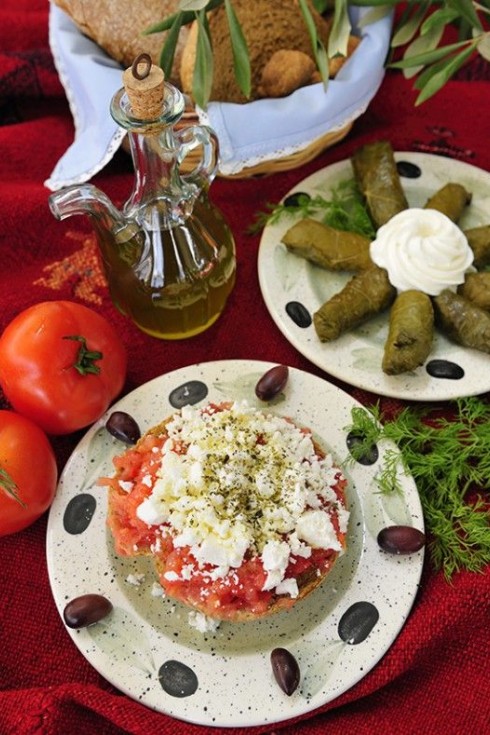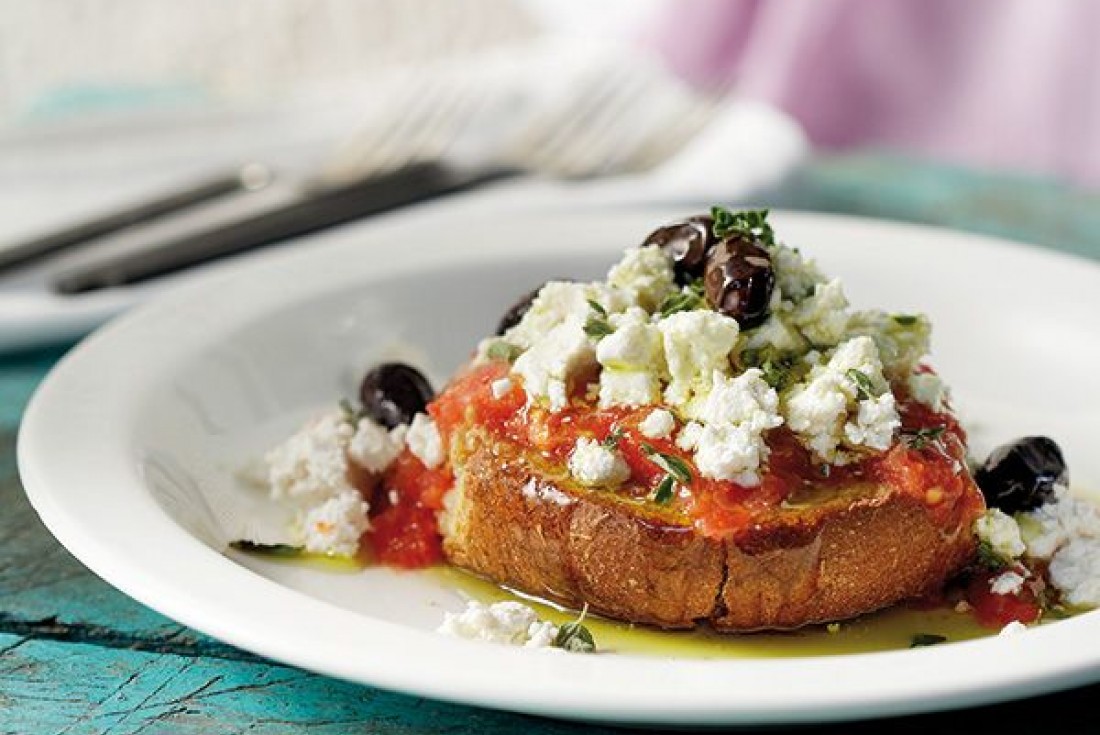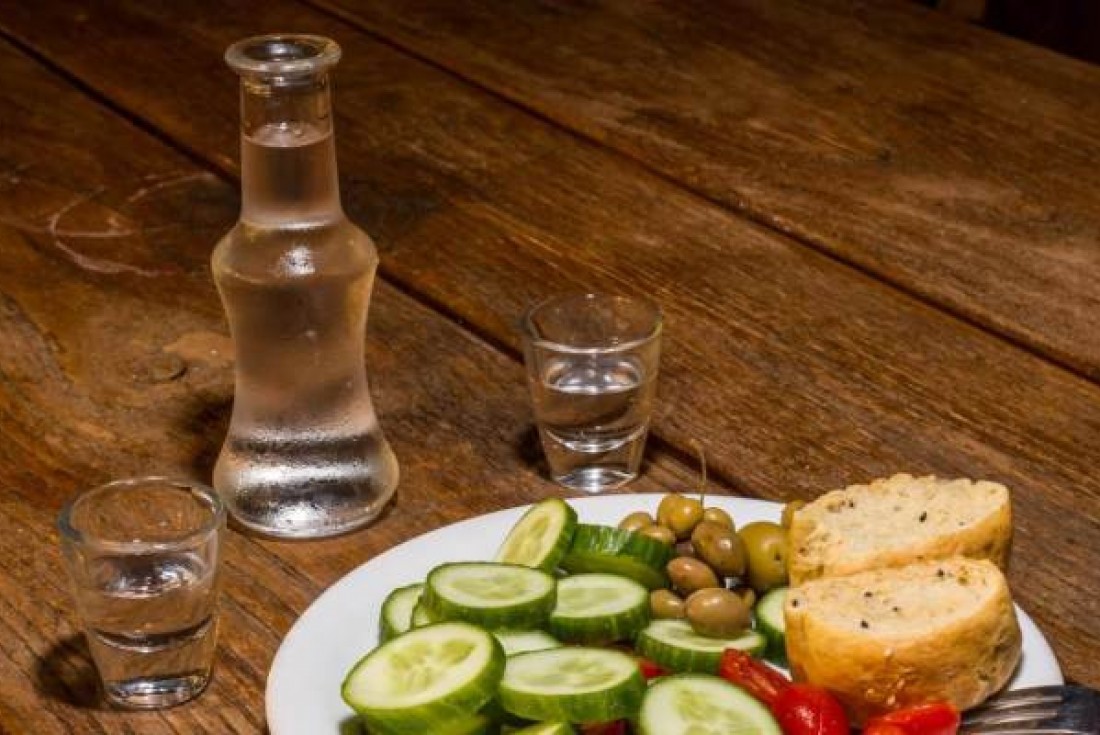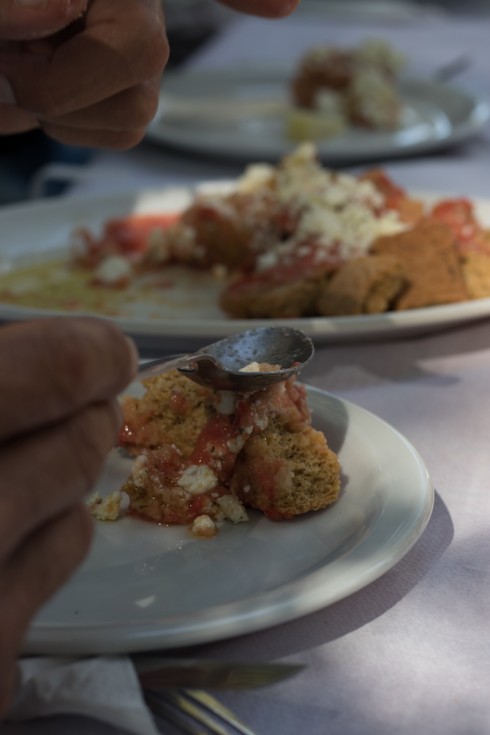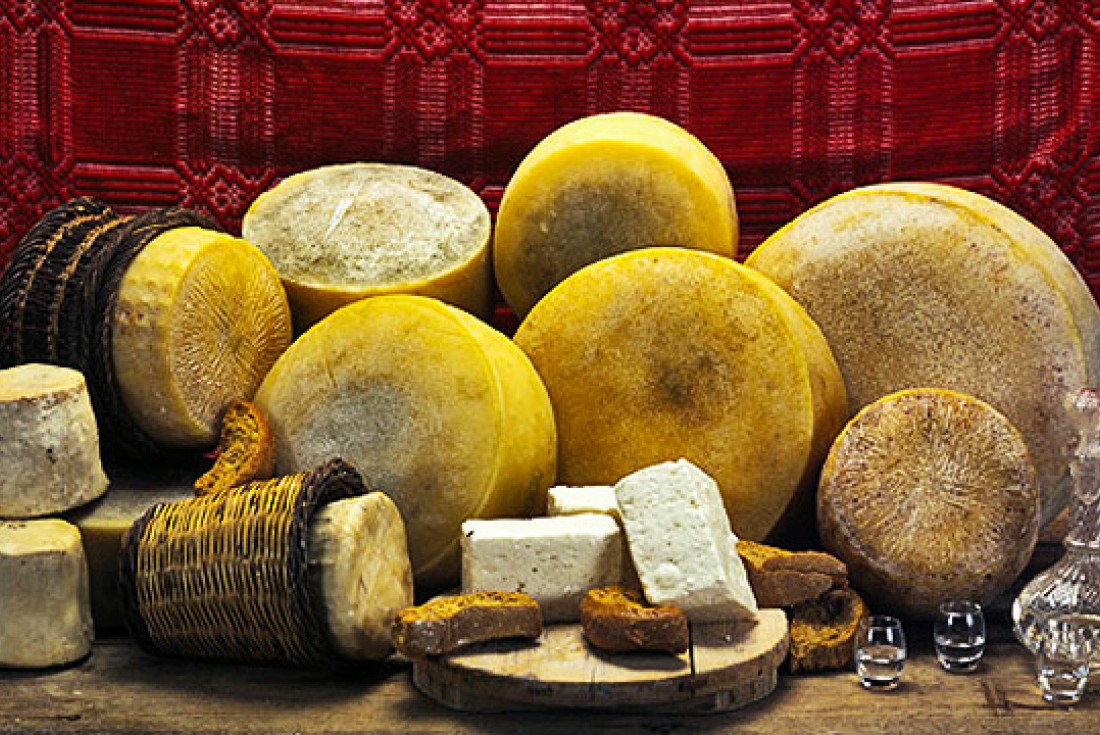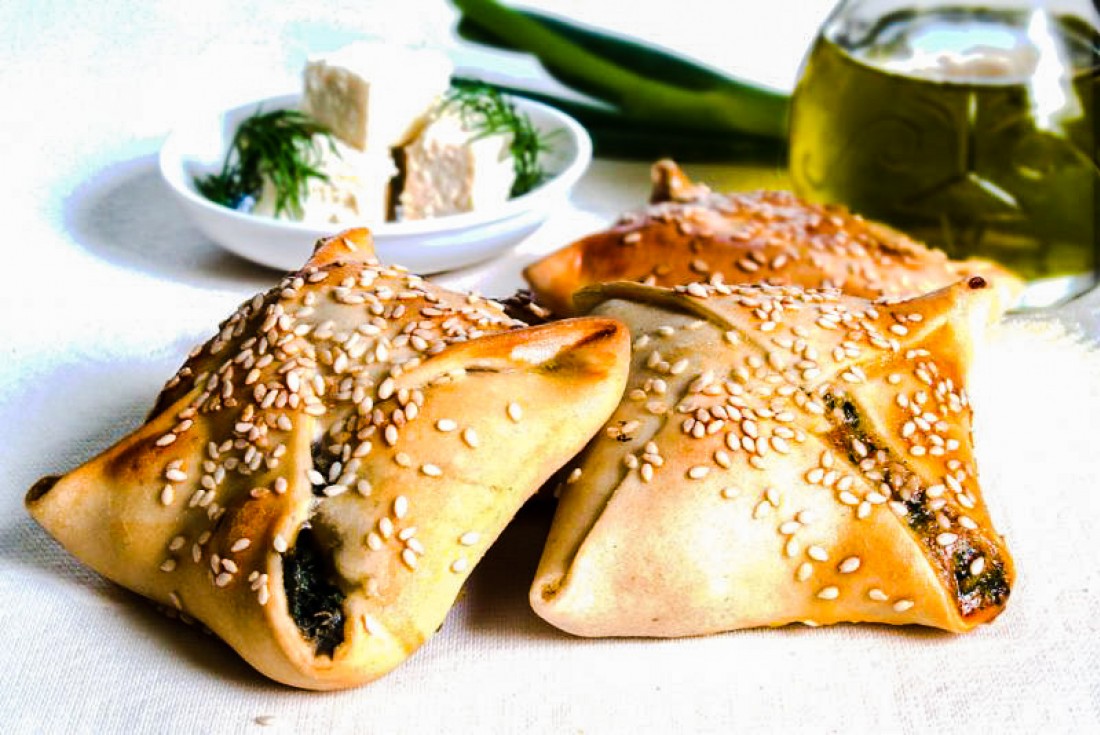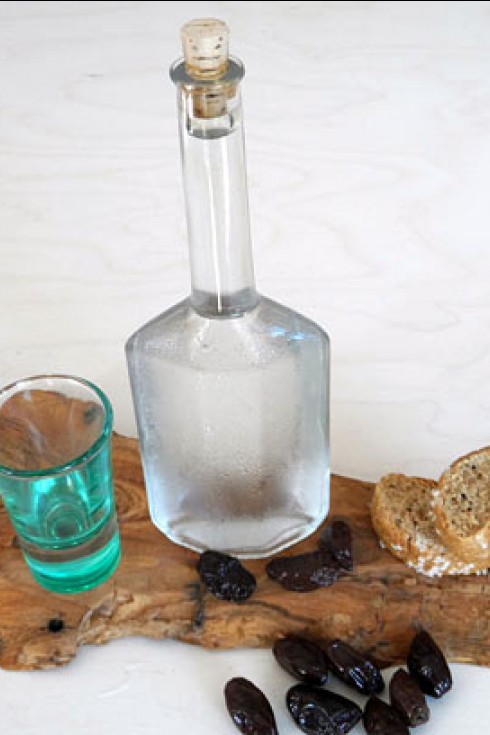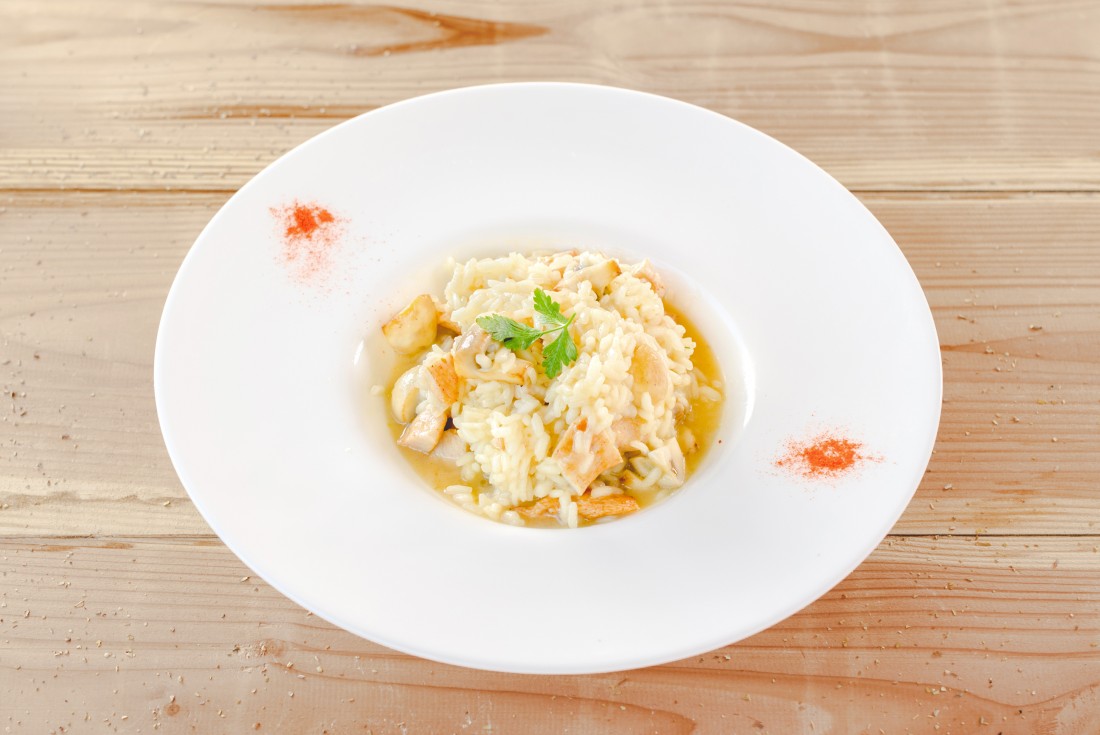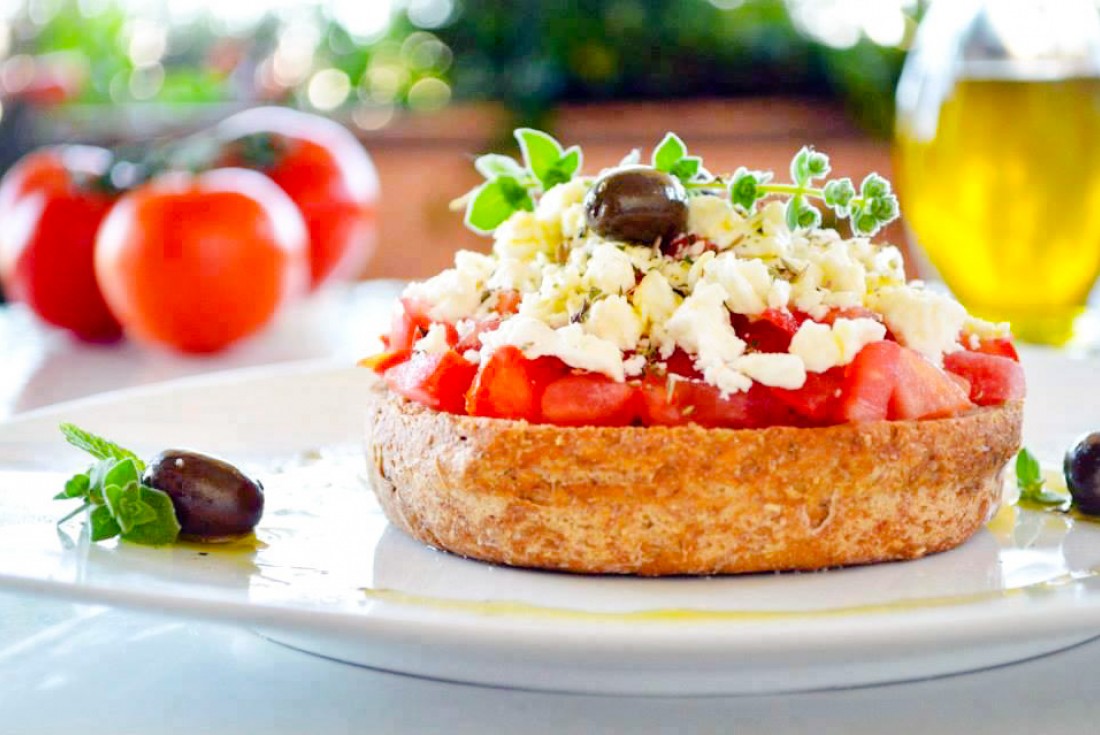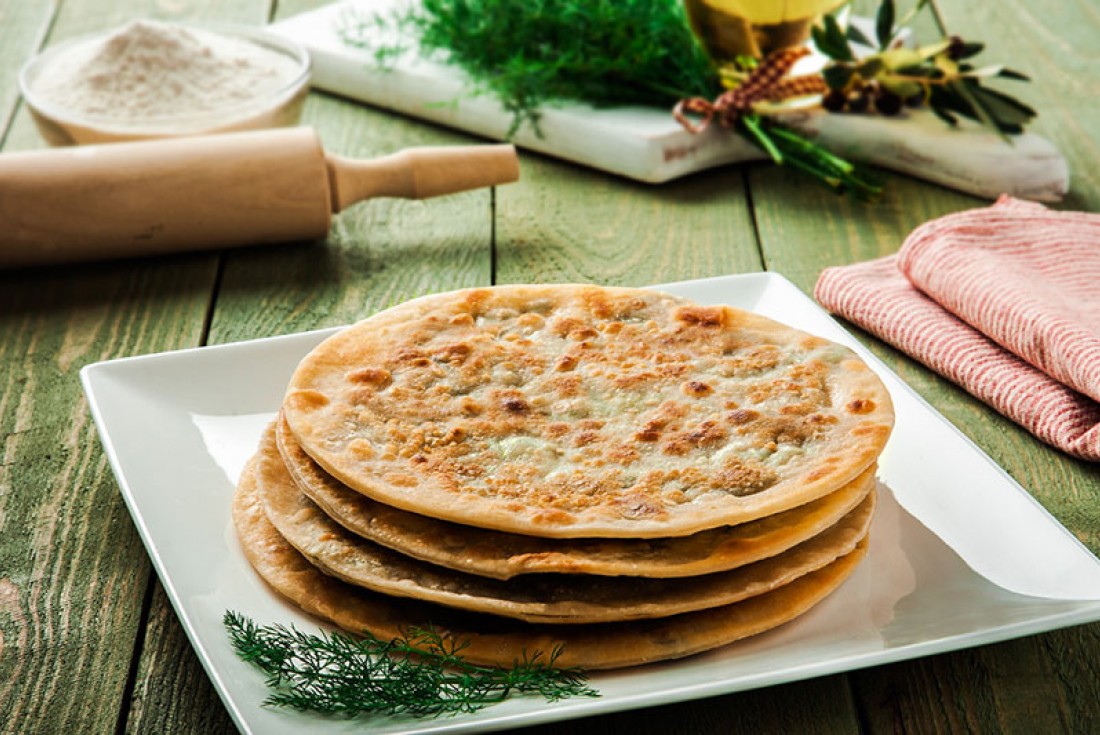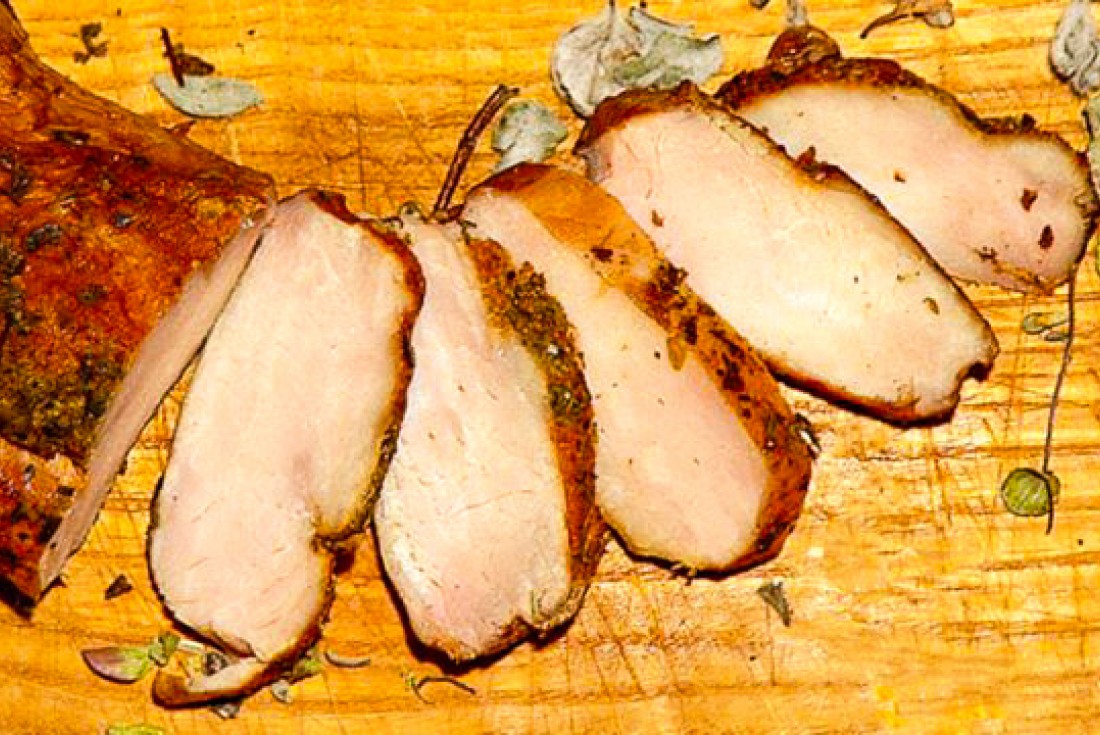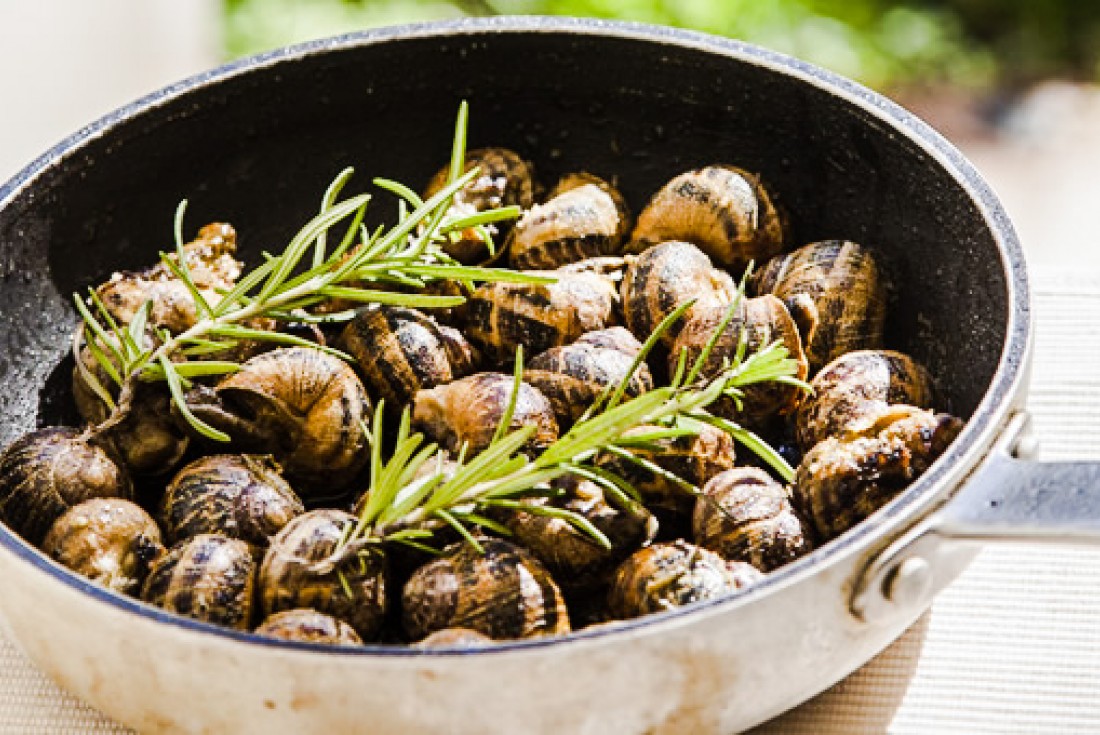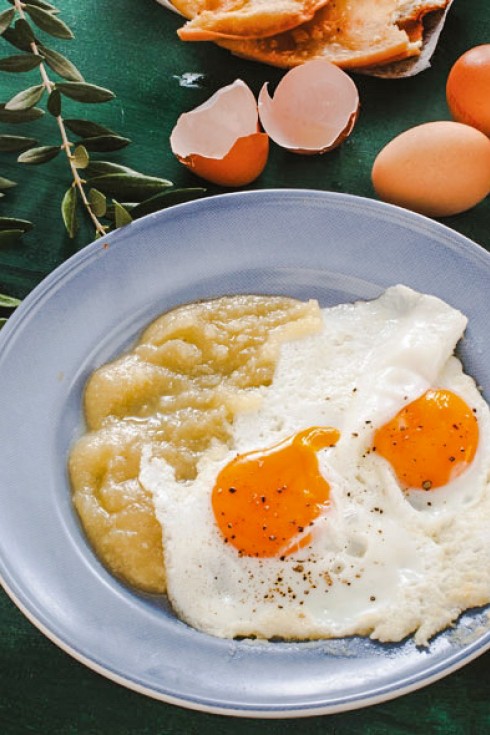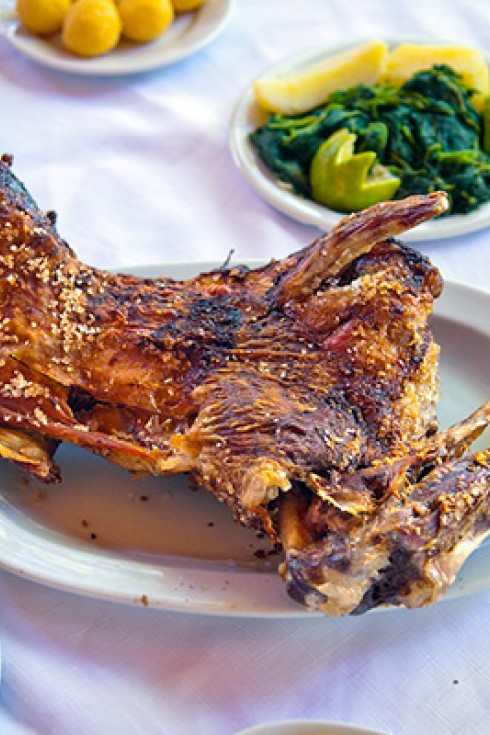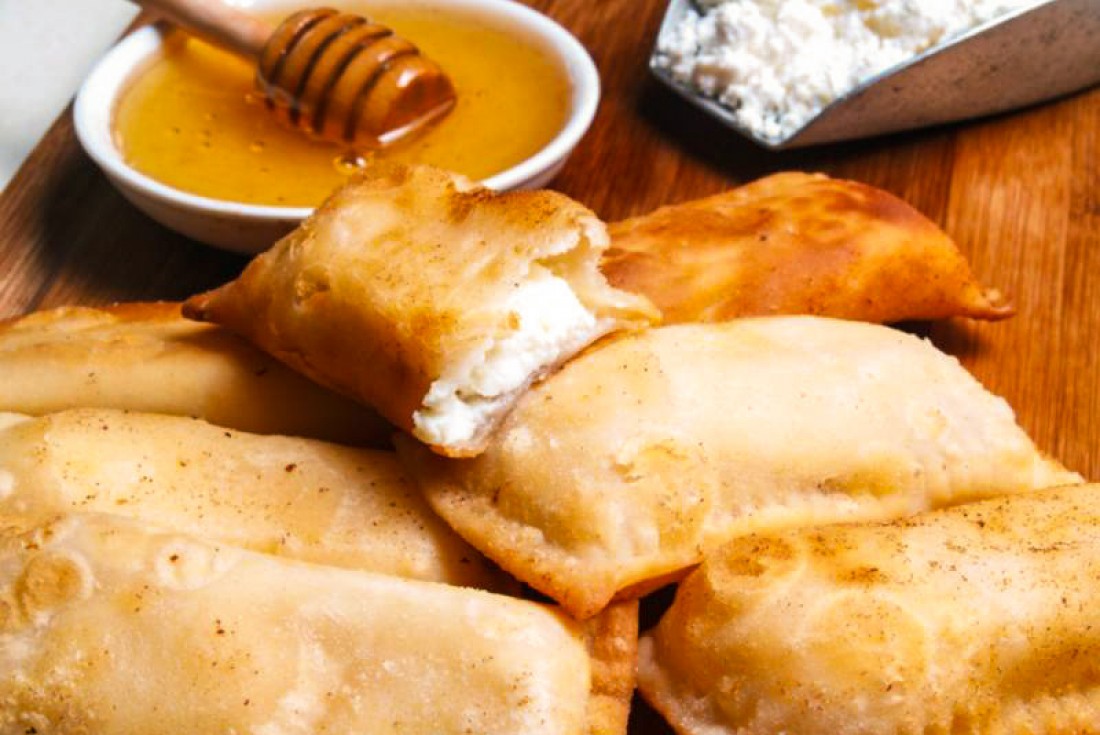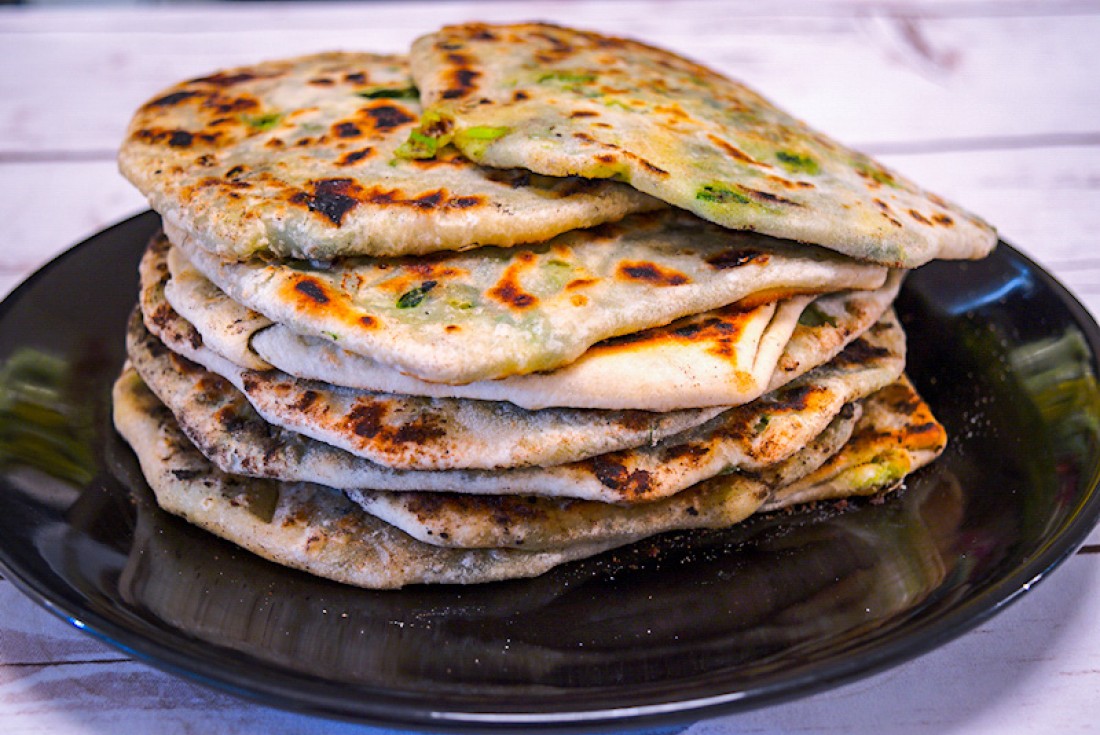10 Cretan foods you NEED to try!
Photo GalleryThe Cretan Diet - tasty and nutritious, ensuring good health and long life!
The Cretan Diet is famous and some say miraculous! It is the original Mediterranean diet. History and geography have helped create a combination of food and lifestyle which provides a unique diet that is highly nutritious, it prolongs life and helps preventing many of the modern diseases that shorten the lives of millions of people in the West.
The Traditional Cretan Diet
The Cretan Diet is both simple and wholesome.
It features plenty of fruit and vegetables, beans, pulses and grains in abundance, olive oil as the principal fat, moderate drinking of wine and raki, herbal teas like Greek Mountain Tea (which is said to be a "cure for everything") or Dittany of Crete (said to be an aphrodisiac)! Also, in includes honey and yoghurt, occasional use of lean red meat and low to moderate consumption of dairy foods, fish and poultry.
A study of the eating habits of 7 developed countries closely monitored the health of a group of 700 men of the island of Crete over a period of 30 years, ending in 1991. The study showed that, compared to the other countries in the study, the Cretan men had the lowest percentage of deaths caused by heart disease and various forms of cancer. The study also showed that the Cretan population lived the longest.
What's the Secret of the Cretan Diet?
Natural, traditional and local products are the main features of the Cretan Diet, but some other characteristics might surprise you. For example, in the traditional Cretan Mediterranean Diet almost three times more fat is consumed than what the average American eats! The difference is that the Cretan consumes only olive oil, a substantial amount of which is neither boiled nor fried.
Cretan olive trees are said to outnumber the Cretan population by 500 to one! It is believed that the qualities of olive oils are the key in maintaining good health and preventing illnesses. Unlike other oils, olive oil is rich in monounsaturated fatty acids which are resistant to oxidation. Olive oil is unique in that it is packed with anti-oxidative agents, which bond with toxic free radicals creating a natural defense against many different kinds of cancer. It’s time to throw away all other types of cooking oils!
Another surprise is the conception of bread. The traditional Cretan diet includes three times more bread than the American eating habits, for example. However, this is still less than other Mediterranean areas. The famous Mediterranean Diet differs in this way to its Cretan cousin. The type of bread eaten by the Cretans is traditionally whole grained. Meat and fish play only a small part in the traditional Cretan diet and Cretan cooking, and are usually cooked over a grill rather than fried. As said before, the main staples of the diet are fruit, beans, pulses and vegetables.
Imagine a diet where you can eat plenty of olive oil and bread!
10 Cretan Delicacies you MUST try!
After learning the most important elements of the Cretan diet, here's the list of the most important "mezedes" as we call them, which means "delicacies" or "cold cuts". One must not miss these plates when in Crete, and we do have BBC's accord on that one!
1. Cretan cheeses:
A traditional profesison well-held in Crete, is that of the shepherd and, in general, the farmer. Almost every village in Crete seems to have its own cheese, stating that they are usually made from sheep's or goat's milk or a combination of the two. Of the legion of delicious cheeses, look for graviera, a harder cheese that’s sweeter when new, but nutty and flavourful after aging. Soft, creamy cheeses, abound like pichtogalo Chanion, which has AOC protection, or myzithra, a young whey cheese with a lovely mild taste.
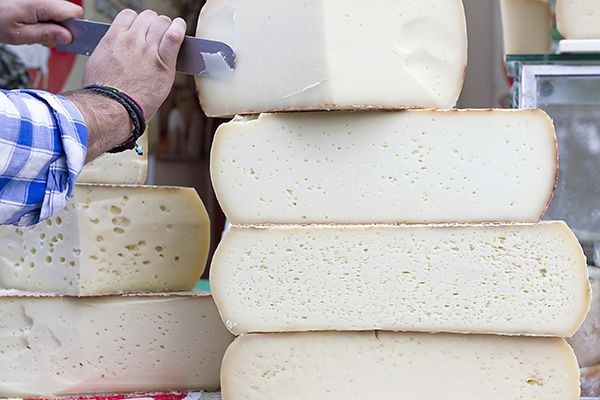
2. Dakos:
The ever-popular dakos is known by regional names throughout Crete… some call it koukouvagia (greek for ‘owl’); in the east they call it kouloukopsomo (greek for ‘puppy bread’ - no dogs are harmed during production!). What is it, then? A fantastic Greek meze or salad reminiscent of bruschetta, but based on barley rusks or "paximadi", not on bread. The rusks are lightly soaked in water or olive oil to get soft, and then they are topped with grated fresh tomato and myzithra, the creamy sheep or goat’s milk cheese. They are then drizzled with Cretan virgin olive oil and dusted with salt, oregano, pepper. Delicious!
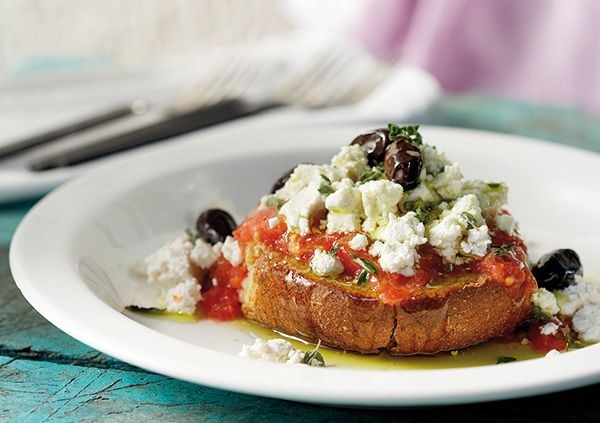
3. Fried snails
It’s not only the French who treat snails as a delicacy, BBC mentions. In fact, snails have been eaten for millennia. In the Cretan dialect "chochlios" means snail, and in this dish they are fried with flour and hot olive oil in a pan, then doused with wine (or vinegar), and voila, ready to serve by the name "chochlioi boubouristoi". Some like to add a dash of wild rosemary. Locally, women collect the snails by hand after the rain.
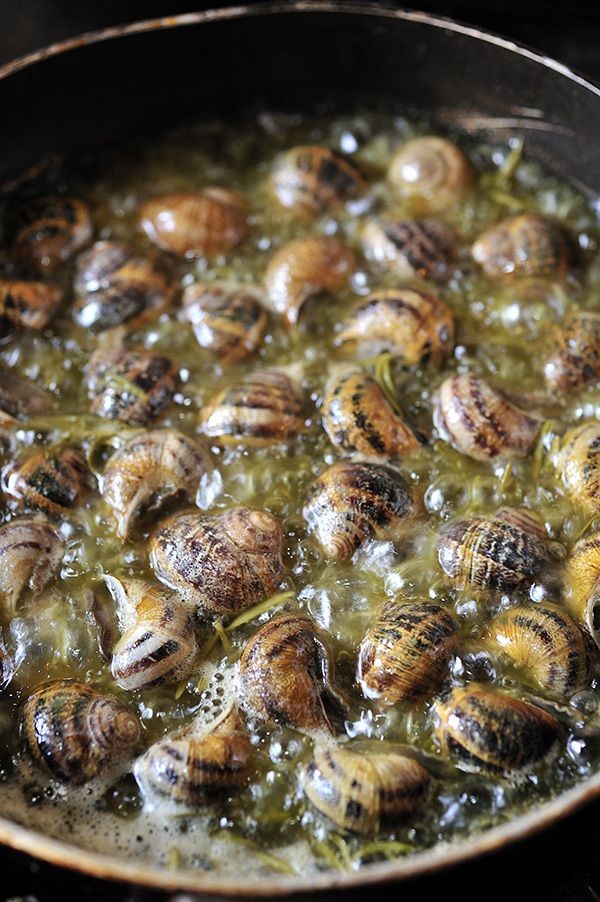
3. Cretan Cheese pies
These small pies may look like the typical cheese pie you’ll encounter throughout Greece, but these are unique! To start, handmade pastry dough is a must, usually shaped into tiny cups. The fillings vary – every region and often each household has its favourite. They tend toward the sweet, and count on any number of those luscious Cretan cheeses, like myzithra or malaka, but not feta. We like the ones that incorporate a hint of rosewater. The final touch is Cretan honey on the top, making the pies a heady combination of sweet and savoury.
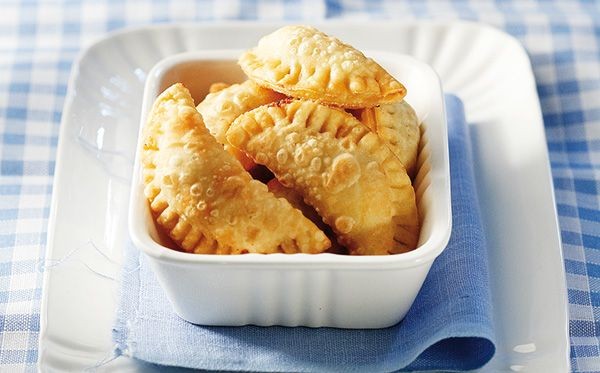
5. Lamb with "stamnagathi"
As with most Greek foods, in Crete we have our own take on lamb. Their version incorporates stamnagathi, a wild green that has become trendy of late, and features on many top-end restaurant menus. The Cretan lamb is sautéed in hot olive oil and oregano accompanied with the stamnagathi green and the well-known avgolemono (egg and lemon-based) sauce, or, more simply, a squeeze of fresh lemon.
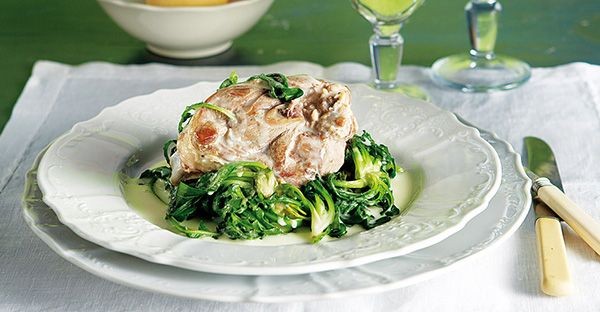
6. Gamopilafo
As the name hints (gamos means ‘wedding’ in Greek) this rice dish is offered at traditional Cretan weddings. These days you will find it not only when the whole village is celebrating nuptials in the town square, but also in many Cretan tavernas. Like a deluxe risotto, it is prepared in a rich meat broth that you make from a lengthy simmering of goat, lamb or rooster. Then you incorporate a dash of lemon juice and liberal amounts of stakovoutiro - this is a butter created from the creamy skin that forms on the top of boiled fresh goat's milk and is turned into a roux. It is the crème de la crème!
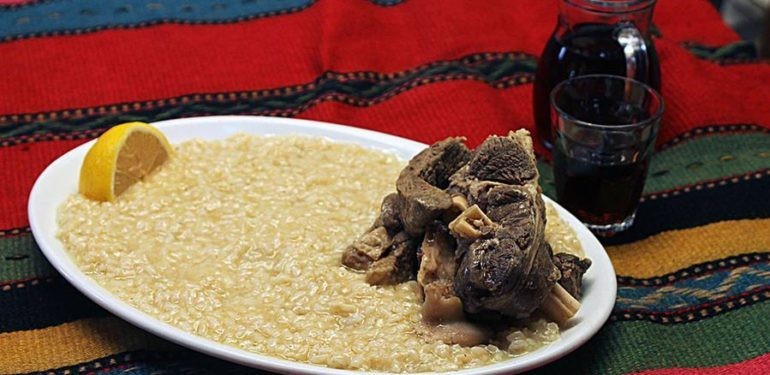
7. Mountain Bulbs
Part of the magic of Cretan food are the ingredients gathered from hillsides and around villages. "Askordoulakoi" are the bulbs of a wild green, and we often use to gather bulbs to eat them as a fresh salad, dressed with oil and vinegar or lemon. We also pickle them, or stew them with local olive oil, vinegar and flour. The delicate white blossoms of the green are also edible, simply boiled or used in other dishes.
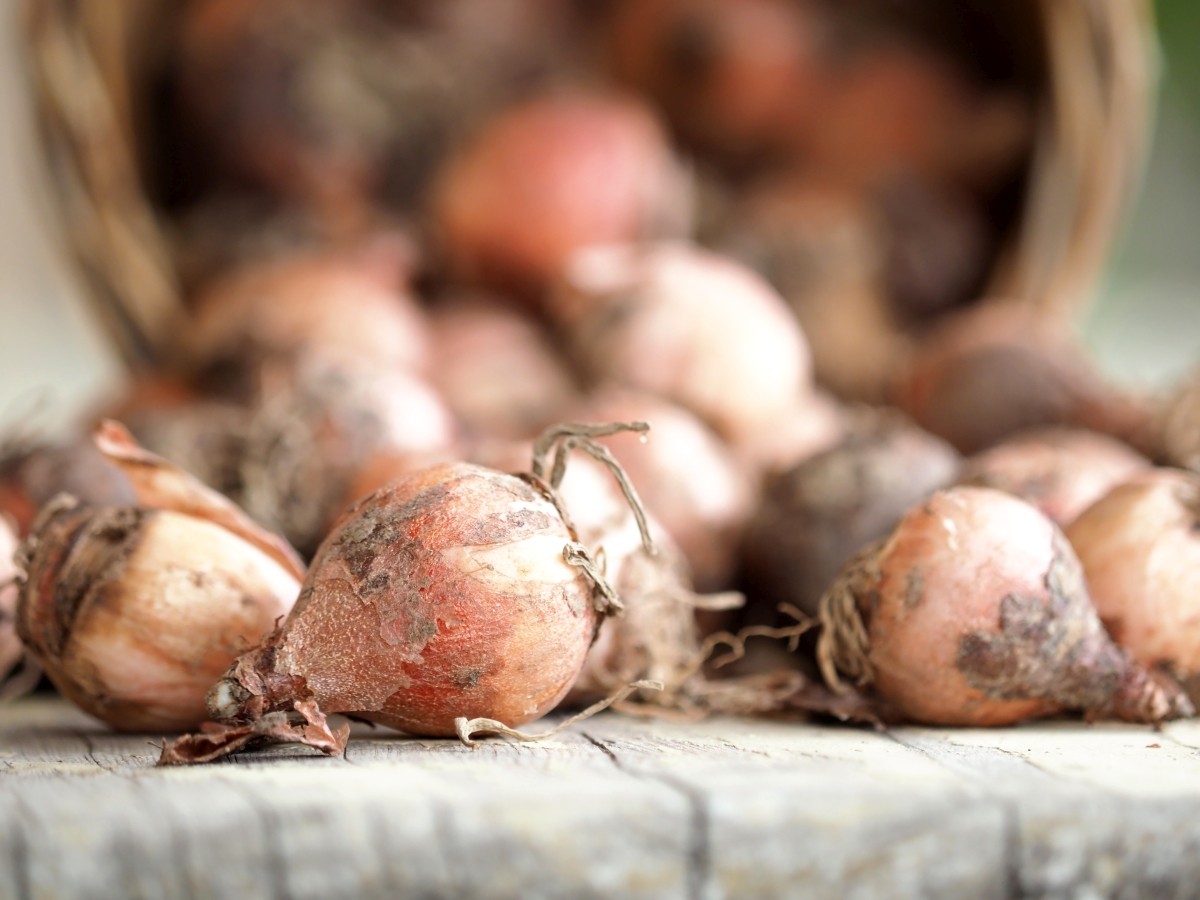
8. Smoked Pork
Not an easy one to recreate outside of Greece, this dish of succulent smoked pork, is made in a multi-day process. First, strips of pork are marinated in vinegar for several days. Then a fire is made using local herbs - sage, bay, rosemary - and the meat is hung above it to smoke. The smoke is continuously stoked to keep the herby aroma infusing the meat. The final product tastes of the fresh herbs and can be served later, cold, in thin slices. You cannot understand the deliciousness of this dish, unless you try it yourself!
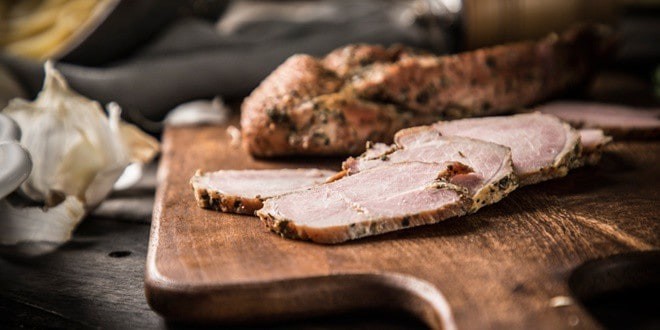
9. Sfakia pies
These yummy pies hale from southern Crete, from a mountainous coastal region called Sfakia. At a glance, these treats look like pancakes, but beyond the flour, the dough contains local olive oil, and the infamous Cretan liquor, raki. Then, any number of the various Cretan fresh, soft, white goat or sheep’s milk cheeses like myzithra or pichtogalo Chanion are incorporated into the centre of the pie. Fried with only a light brushing of olive oil, they are eaten with a drizzling of thyme or heather honey, creating a masterpiece of taste.
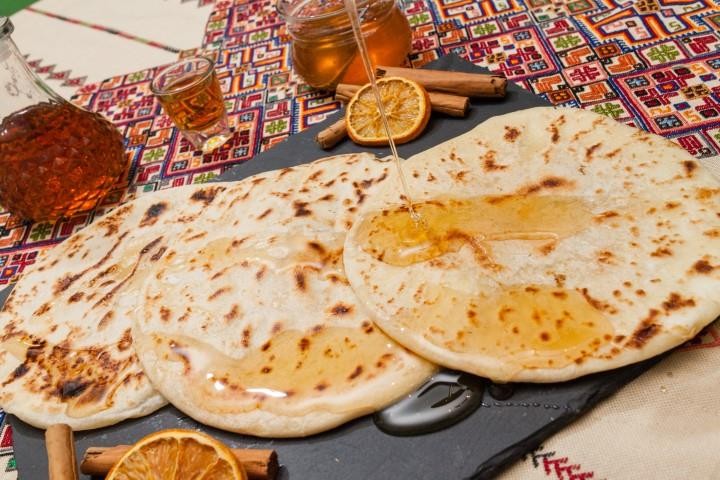
And finally... from this list, what could not be missing is the most famous Cretan spirit, that accompanies most of the "mezedes" listed above, as well as it connects the Cretans in the local "kafeneia" (traditional small tavernas). It is:
10. Raki
Did you know that this spirit dates all the way back to Ancient times? Evidence of it has been found in ancient pottery from the Minoan and Mycenaean civilizations. In modern Crete, during the fall and after the grape harvest, you will find villagers all around Crete carefully tending open fires under copper stills. They are making raki, the welcome pomace brandy distilled from grapes, which you will find served in every Cretan taverna and kafeneio. The local version of tsipouro (which you find throughout the rest of Greece), raki is called tsikoudia in parts of Crete, and is drunk from shot glasses, with no water added. Not to be confused with ouzo, raki has no anise or any other herbs. People usually pair their raki with mezes, olives or barley rusks or drink it neat (sketo)!
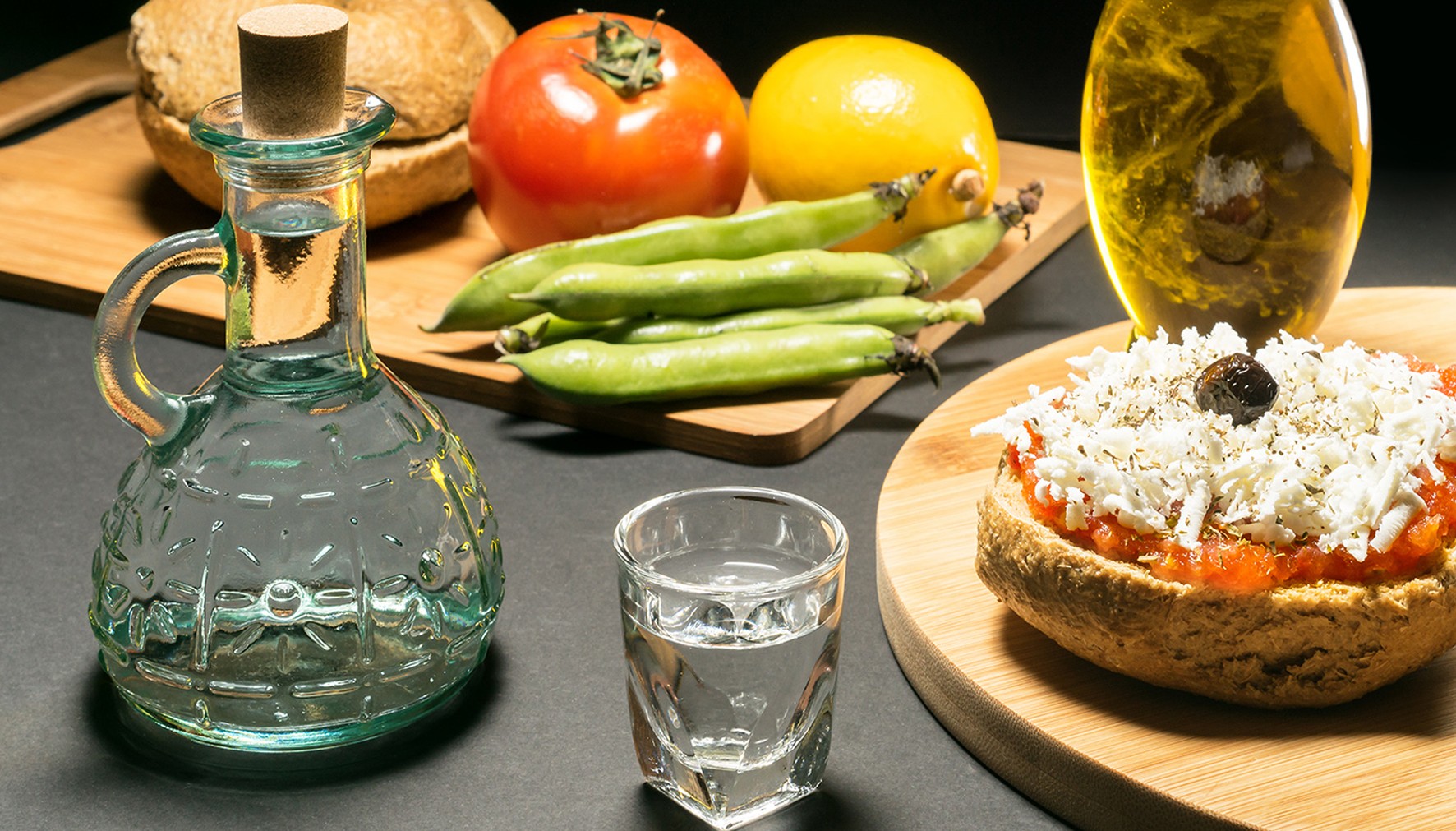
Read More

Romantic Getaway to Crete
Crete, with its breathtaking landscapes, charming villages and crystal clear waters, is the ideal destination for a romantic getaway. Whether you want...
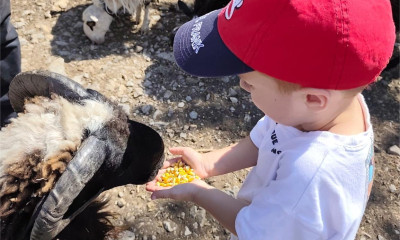
Family Activities to do in Rethymno
Rethymno, located on the island of Crete, is an ideal destination for a family vacation thanks to its rich culture, magnificent landscapes and ...

Nature Exploration in Crete
Crete, the largest island in Greece, is a real paradise for nature and adventure lovers. With its majestic mountains, spectacular gorges, idyllic ...










